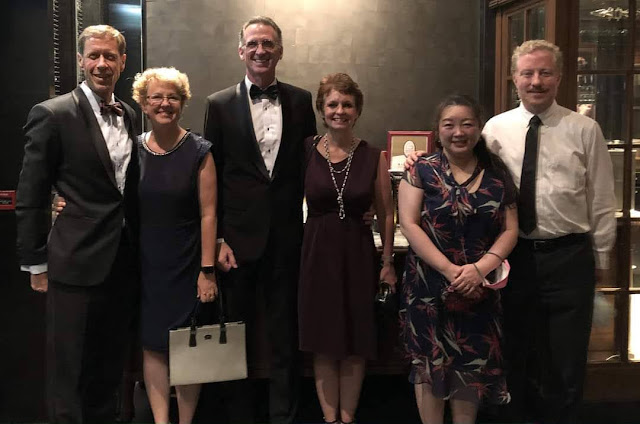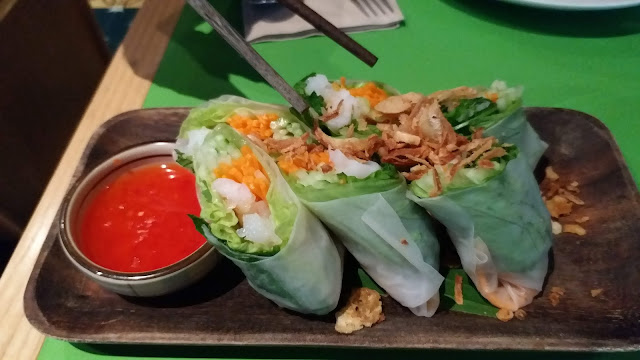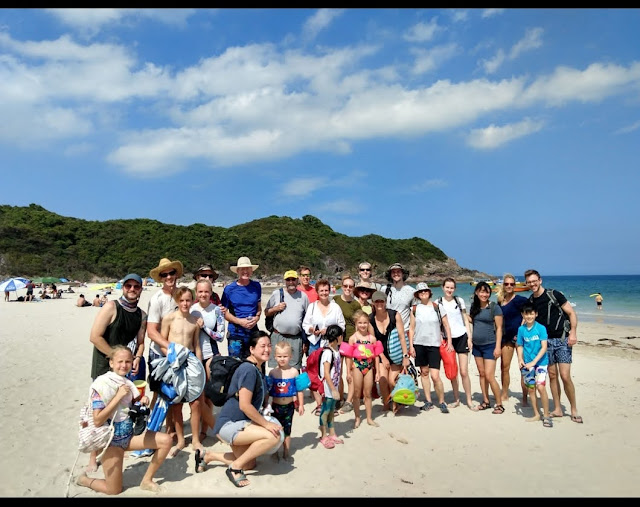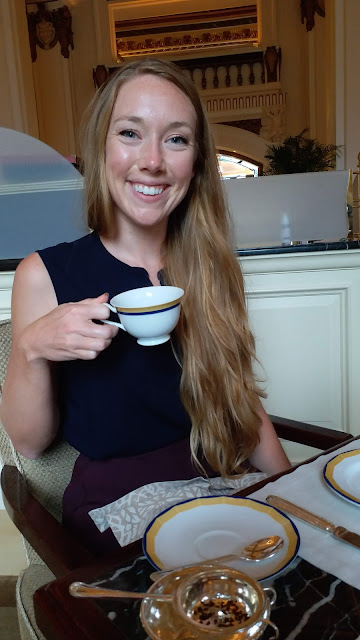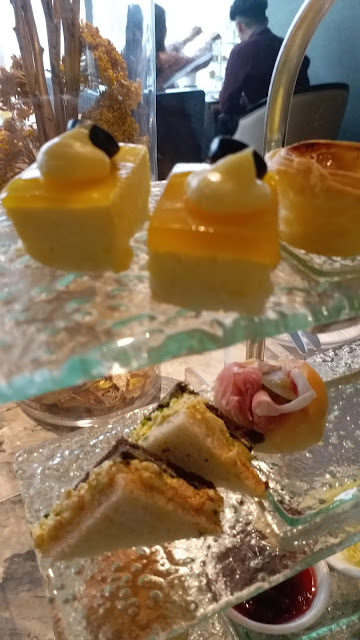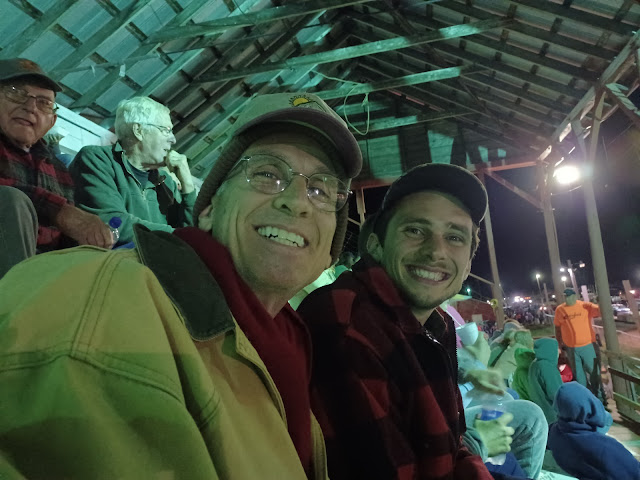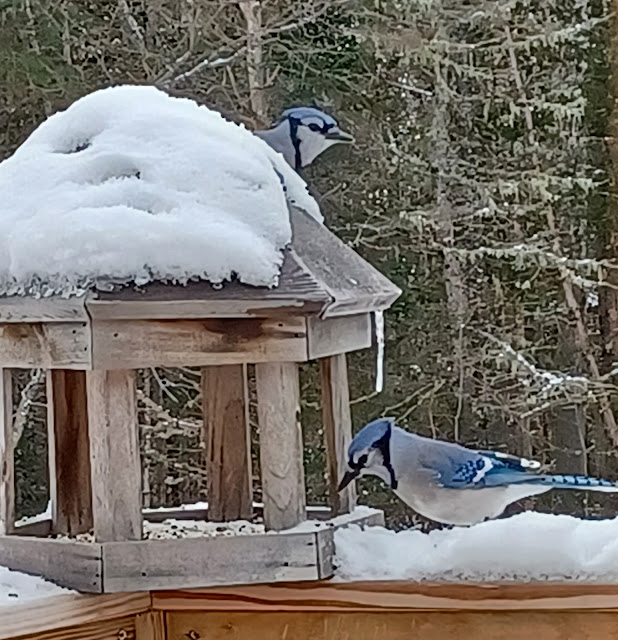 |
| Photo Op for the Ronald McDonald House of Hong Kong |
This post is especially for my US friends who have messaged me with questions about masks, quarantines, and other Covid questions. I haven't been compelled to write a post about this because 1) who needs yet one more virus article? and 2) I am no more qualified to give an opinion than any other average Joe on the street. But here goes.
The main reason we are asked frequent questions is that we have been working from home since February 3, or "dealing with this virus mess" longer than most of the world, and we are in Hong Kong, which, as most of you know, has an amazing track record of dealing with the virus. Our first confirmed case was January 23, and as of today, there are just 1040 cases and only 4 deaths. This is a city of 7.5 million people that shares a
border with mainland China. To put this in perspective, New York City has 8.4 million people, 170,000 cases and 13,168 deaths. They are also 8000 miles away from China and didn't have their first confirmed case until March 1. (I realize it is likely both cities had unconfirmed cases before then.) In other words, NYC had a big "heads up" regarding this. So why the differences? Here are my observations.
Back around the end of December/ (beginning of January?), I was at work--I'm a school nurse at an International School--when I saw an article about a strange new virus in China. Back then, it was believed to only be connected to one market in Wuhan and wasn't thought to be spreading person to person. Didn't seem so serious to me, but guess what? Within a week, Hong Kongers were wearing masks even more than normal during flu season. My colleague in purchasing asked me about our mask supply. When my husband asked his students about it, mentioning that the new virus was not believed to spread person to person, the students all said, "Nobody trusts China."
We already had plans to fly home to Maine for Chinese New Year, and we left Hong Kong January 22, the day before Wuhan closed its borders. When we returned to Hong Kong a couple weeks later, the whole city was wearing masks and there was a major run on them, toilet paper, and cleaning supplies, even though at the time, the government here, trying to thwart panic buying, told us masks were not necessary unless we were symptomatic. Again, Hong Kongers said, "We don't trust the government," and they wore their masks anyway, lining up for hours to buy them.
You also need to realize that in 2002, SARS hit Hong Kong in a big way, and that is in the collective memory of most of the city. They don't mess around. As I mentioned, even during a normal year, you will see a good portion of the population wearing masks during flu season. They are diligent about using hand sanitizer (they have little bottles hooked to their bags) and they use a tissue or their keys to push the elevator buttons. (They don't, as a rule, wear disposable gloves though.) Public areas like escalators and bathrooms are sanitized every hour or two. Temperatures are checked upon entering buildings. When the city had only a handful of cases, the decision was made to close schools (they still haven't reopened). All non-essential government agencies closed, and private businesses were encouraged to allow employees to work from home. No one had to tell them twice. The streets were pretty much empty for a month or so. But here's an interesting bit: parks, beaches, restaurants, hair salons, grocers, retail shops and public transportation were never shut down. Granted, these places were pretty much empty, because even without a mandatory "shelter at home" order, hardly anyone went out. What I'm trying to get at is this: Hong Kongers did on their own what most governments had to force upon their people.



So what happened? Through mid March, our cases remained very, very low. People got out and about more, and perhaps became a little less careful. But then as city residents, especially students, who were living abroad started coming home because cases were getting worse around the world, they brought a lot of imported cases with them, and our numbers rose. This brought on stricter measures: restaurants are only allowed to operate at 50% capacity, nail salons and bars are closed and groups of 4 or more are not allowed in public. (This is a tricky one, because public places have way more than 4 people, but I guess they aren't technically "together?") Most shops remain open and only those coming from abroad are quarantined.
 |
| Finding someone without a mask it not easy. A street in Mong Kok last week. |
So that leaves us where we are now. For the last two weeks or so, we've had many days of zero or single digit new cases. People once again are out and about more. There is talk of possibly allowing some students to return to school by the end of May. It's looking good.
So what's my biggest take away? Hands down, I believe the biggest difference here is that everyone wears masks. They wear them because they don't know if they are silent carriers and they don't want to infect you. They wear them because they don't know if you are a silent carrier and they don't want your germs. They wear them because it is now a cultural norm and it is considered rude if you don't--not to mention the risk you run of getting the major side-eye (or worse) from a Cantonese grannie half your size. Wearing a mask is not a moral issue, so even though I have mixed feelings on the efficacy of them, I wear one, because, well, it can't hurt.
I know that you can find scientific studies that say that masks aren't 100% effective in viral spread, and that is absolutely true. Viruses are tiny, tiny, tiny, and they can get through all but the most industrial grade N95 respirator masks. Even these are ineffective unless they are worn properly. (We had to have special training on how to wear these at the hospital where I worked in the US before we could care for isolation patients.) But let's face it, masks at least help somewhat or doctors and nurses wouldn't wear them. And any type of material will minimize the spray of a cough or sneeze; this is what we are going for. Viruses can be airborne, but they also are in droplets when you cough. It's the reason we teach little kids to "cover your cough;" germs spread more easily if you don't. Looking at Hong Kong, I have to believe that the vast majority of the population wearing masks before the virus really took hold, along with early social distancing measures, played a major role in keeping the numbers down.
 |
| We are not mask Nazis. We wear them when around people, but not when walking in open spaces. |
So these are my thoughts at the moment. I reserve the right to change my opinion at any time (trust me, it happens often)...and if your opinion is different, I still like you!!




